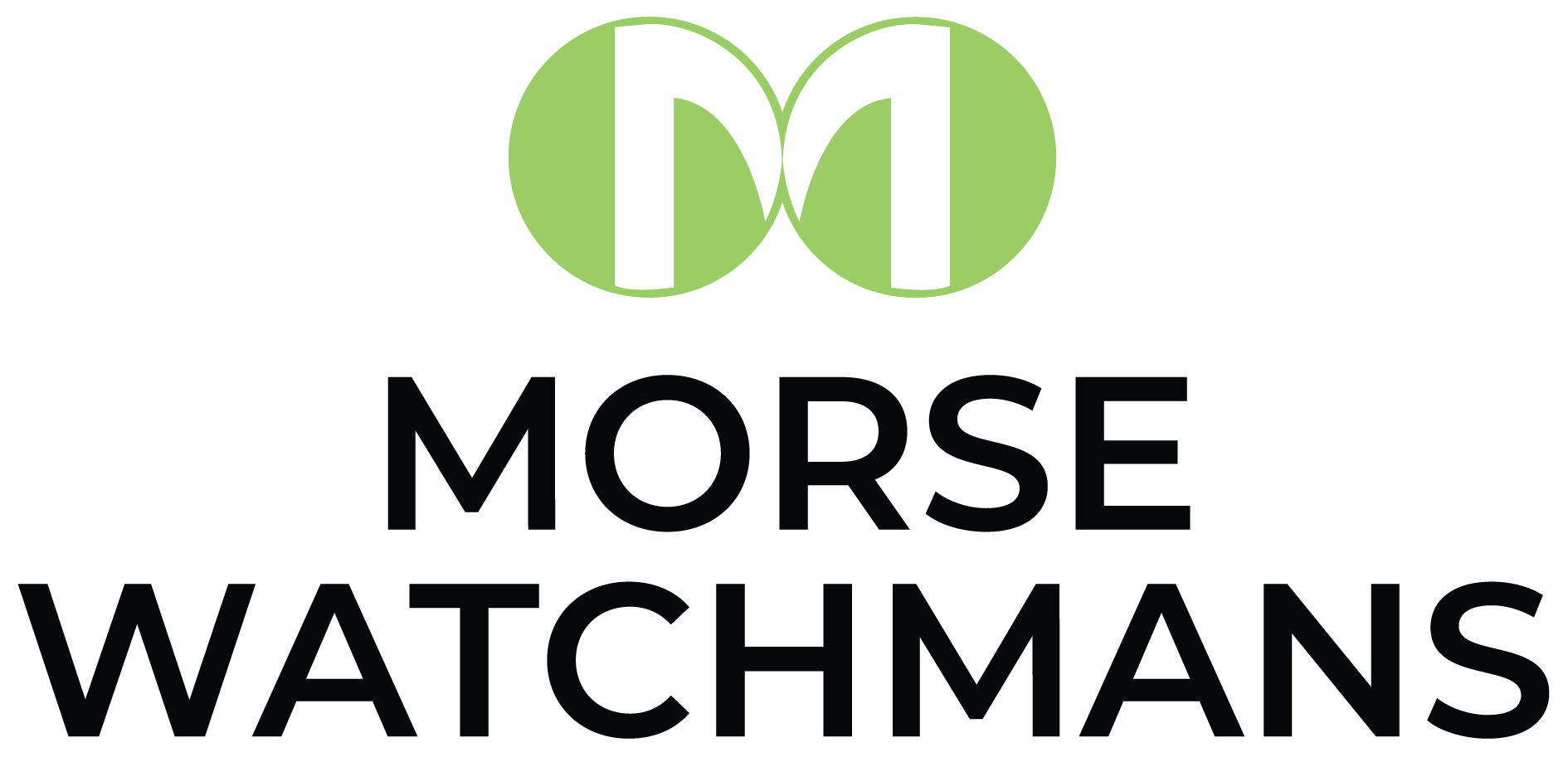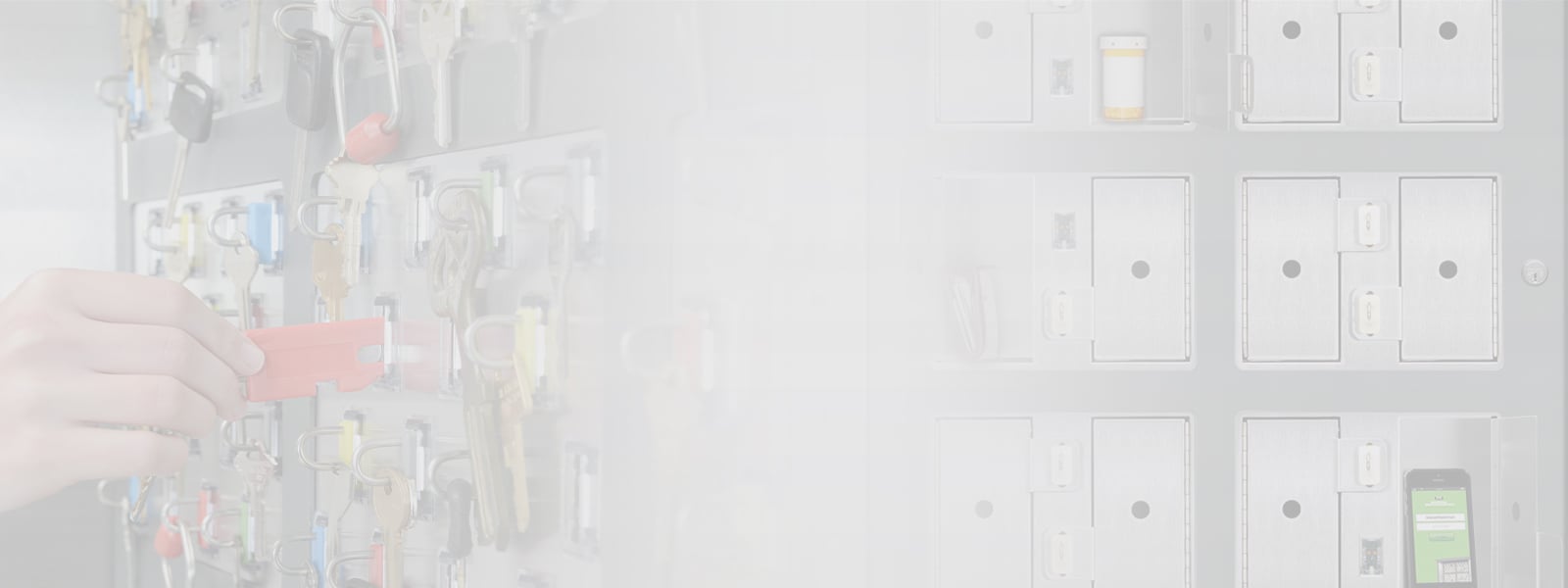 Lost keys, unauthorized duplicate sets of keys and manual tracking of keys are just some of the challenges faced by management using conventional key/lock systems. But given the overall convenience and cost-effectiveness of these devices, the need for – and management of – physical keys continues to play a significant role in an organization’s overall security strategy.
Lost keys, unauthorized duplicate sets of keys and manual tracking of keys are just some of the challenges faced by management using conventional key/lock systems. But given the overall convenience and cost-effectiveness of these devices, the need for – and management of – physical keys continues to play a significant role in an organization’s overall security strategy.
End users however are increasingly demanding greater levels of connectivity between key management systems and other physical security systems. To meet this need, manufacturers of key control systems are responding with open architecture solutions and partner certifications that allow integration and improve operational efficiencies.
Although the basic premise and purpose for key management systems remains quite fundamental – to secure and track keys – the technology inside these cabinets that enables integration is quite sophisticated. Today’s advanced key management systems include functionality that lets them integrate into broader security systems, including access control, IP video surveillance, intrusion and fire alarm systems, and other systems provided by a range of integration partners for multiple levels of security and control. For example, with a turnstile-type access control system networked to the key control system, a user who has taken a specific key can be denied egress from the facility until the key is returned.
Open protocols allow the system to be networked and integrated with other key technologies to streamline processes and eliminate redundancies across common points. For example, when an employee is entered into the access control system, their credentials, profile information, access group, etc. are instantly transferred to other systems. The system can pass data about transactions and alarms back to the access control system for greater integration.
Advanced key control systems can also be securely managed through an access control system, thereby enabling administrators to access the many rich features of the key control system. A sophisticated interface allows users to quickly and efficiently configure several user authorization parameters including add/modify/delete cardholders and badge data; associate key control site profiles to access system levels; configure which key control system alarms and transactions that get passed to the access control system via alarms; and allow the configuration of an anti-egress feature, to name just a few.
A centralized management platform is another benefit of integrating the various elements in a physical security system. The aggregated information allows management to more quickly locate staff or equipment or be notified by text message or email in the event of an emergency. Separate facilities throughout a campus can also be included on a single platform for more efficient control. Additionally, a centralized system enables greater flexibility to add security components needed in the various buildings, keeping the cost of expenditures lower and requiring little additional training.
When devices that form a physical security system are integrated on the network, data can be more quickly and effectively gathered and analyzed. In these new networked systems, a key is no longer just a key – it has become a continuing source of information that can be gathered, managed and/or analyzed. The quick and easy access to detailed information about what is going on within and across an organization’s operations also enables better assessment and/or deployment of effective security safeguards that can help reduce incidents and losses.
Network integration is the way of the future for physical security and key management technology is a vital component because of its inter-operability, increased options for alerts and more sophisticated and comprehensive reports.


